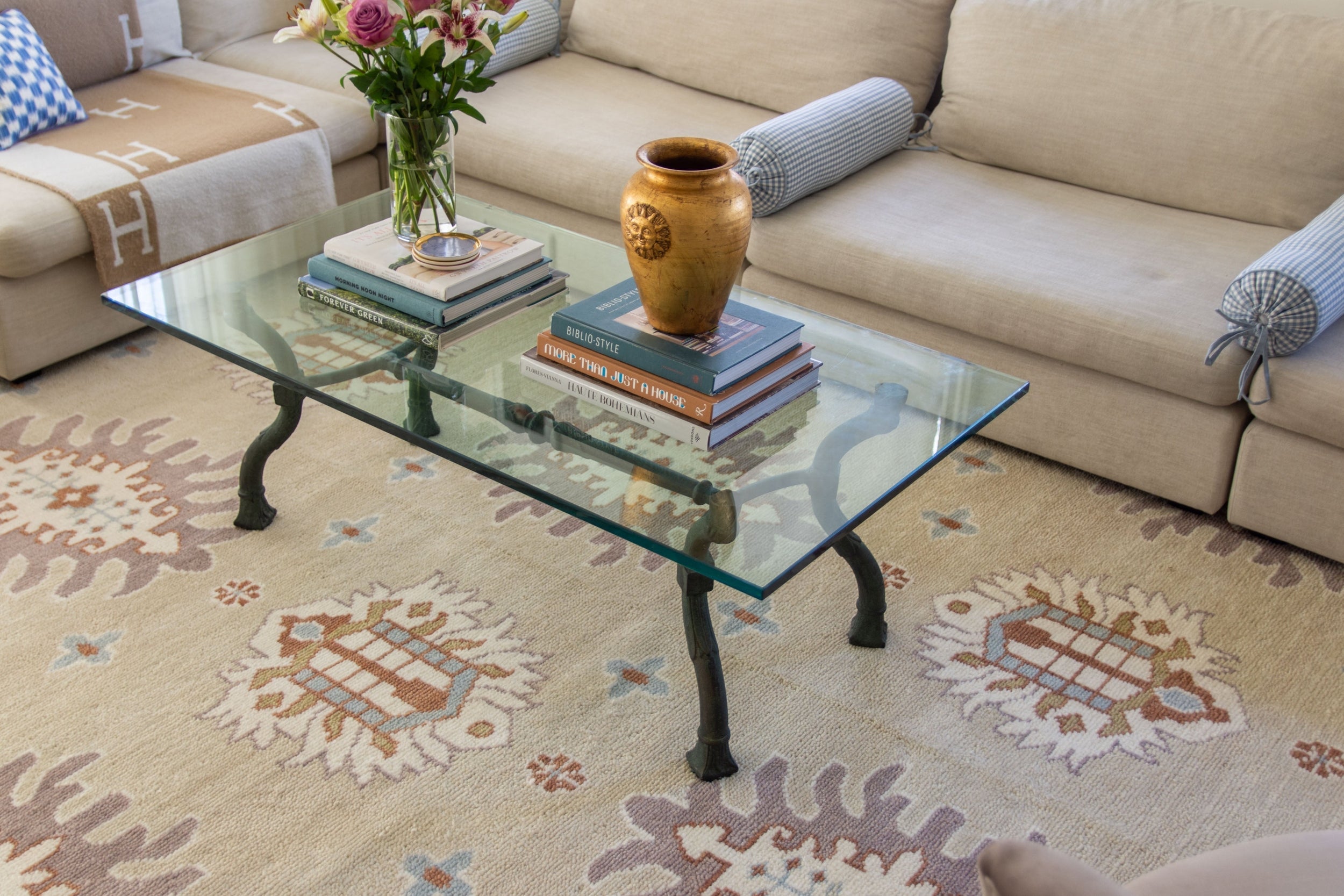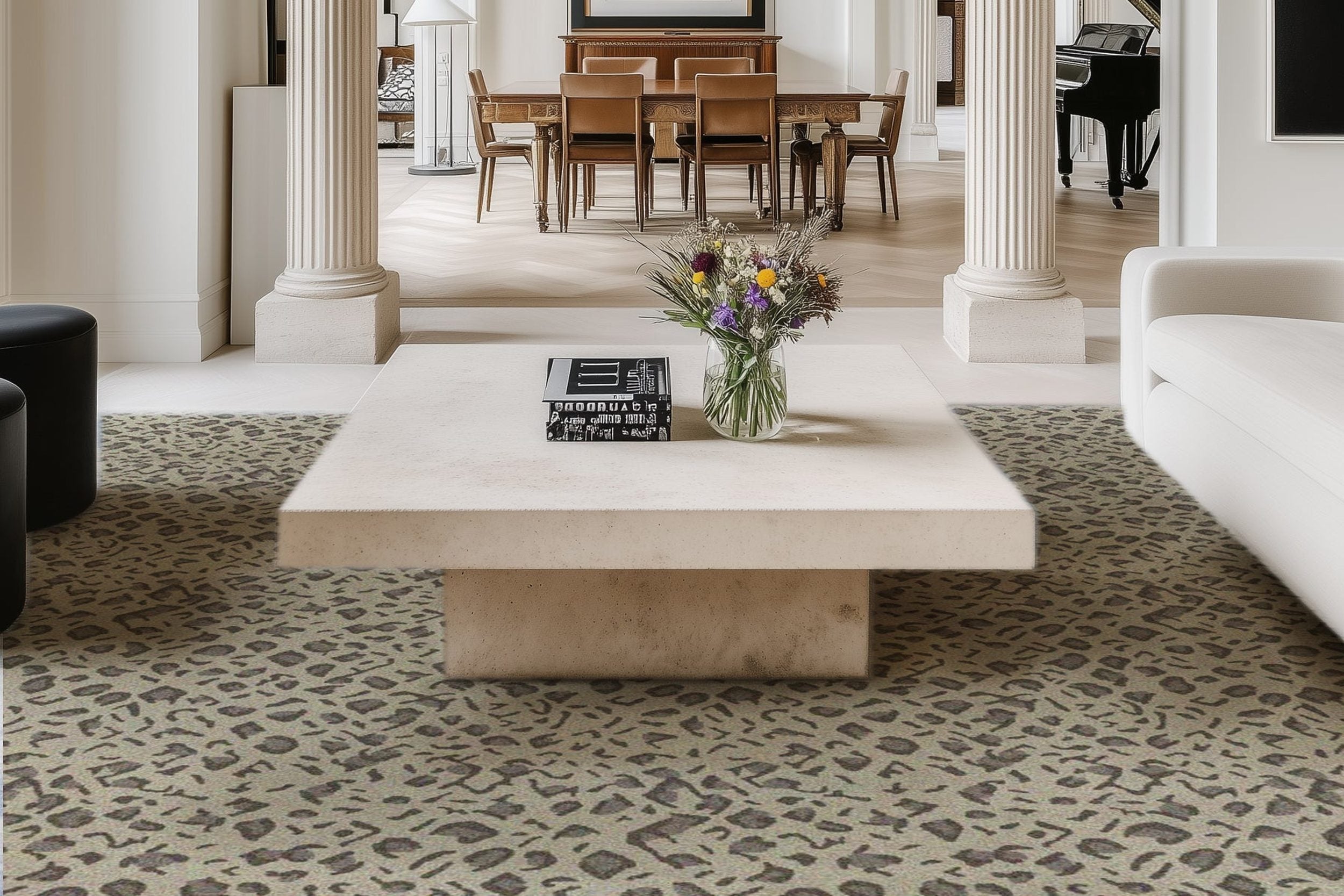Why Steel Entry Doors Are the New Design Power Move
 Every neighbourhood has that one house, the one with the front door that makes you stop mid-walk and think, Yeah, whoever lives there has their life together. The lighting’s perfect, the hardware gleams, and the entryway gives you this subtle sense of structure. Not cold. Not flashy. Just… solid.
Every neighbourhood has that one house, the one with the front door that makes you stop mid-walk and think, Yeah, whoever lives there has their life together. The lighting’s perfect, the hardware gleams, and the entryway gives you this subtle sense of structure. Not cold. Not flashy. Just… solid.
That’s the energy of a steel entry door.
It’s not the loudest choice. It’s the confident one. And as we head into a design era that values substance over spectacle, steel doors are quietly taking over from traditional wood and fiberglass.
Goodbye, “Welcome Home” Sign. Hello, Architectural Backbone.
The front door used to be decorative. It was the place people hung wreaths, slapped on trendy colours, and pretended that paint equaled personality.
But the truth? The real design statement isn’t in what you hang on your door, it’s the door itself. Steel entry doors redefine curb appeal by anchoring the home. They bring this sculptural weight that tells you the house behind it means business. No flimsy frames. No warping. Just clean geometry and a finish that holds its ground in every season.
It’s the kind of door that doesn’t need to shout to be noticed. It just stands there, unapologetically strong.
The Design World’s Quiet Shift Toward Strength
Design trends move in cycles, and after years of light, bright minimalism, people are craving weight again. Texture. Substance.
You see it in furniture: more metal, stone, and matte finishes. You see it in architecture: lines are sharper, silhouettes bolder. Steel doors fit that movement perfectly. They add visual grounding to a façade, especially when paired with glass panels or modern side lights that balance hardness with transparency.
There’s something deeply satisfying about that contrast: the clean precision of steel against the organic imperfection of natural light.
And while wood still has its charm, it also has maintenance. Warping. Cracking. Weathering. Steel skips the drama and just delivers.
Security That Actually Looks Good
We don’t like to talk about it, but security is part of good design. A front door should make you feel safe without turning your home into a fortress.
That’s where steel doors are quietly brilliant. They’re nearly impossible to kick in, don’t split or splinter, and resist the kind of wear that makes other materials vulnerable. Yet they don’t look industrial anymore. Modern fabrication techniques mean you can have smooth finishes, custom glass inserts, and sleek, powder-coated colors that make “security” look chic.
A steel entry door doesn’t say “don’t come in.” It says, “This house is cared for.”
How Steel Doors Became the Quiet Flex
There’s a certain irony in steel doors becoming a design trend. They started as the practical choice: commercial buildings, warehouses, high-security zones. And now they’re showing up on luxury homes, modern renovations, and architect-led projects everywhere.
Why? Because in an era obsessed with sustainability and long-term value, permanence is the new luxury.
Steel doors don’t warp with humidity or fade with UV exposure. They outlast almost everything else in your house. They’re recyclable, energy-efficient, and customizable to the last hinge. They age like sculpture, not like lumber.
When Form Meets Function (Finally)
If you’ve ever designed (or renovated) a home, you know that the entryway sets the tone. It’s your first and last impression. The point where architecture, design, and emotion intersect.
Steel doors get that balance right. They’re functional art. The structure is strong enough to withstand the elements, but the finish options make it adaptable to any style:
- Modern minimalism: flat panels, matte black finishes, oversized glass inserts.
- Transitional: mixed materials, neutral tones, decorative lines.
- Classic revival: raised panels, wood-grain textures, elegant hardware in brass or bronze.
It’s not about choosing between safety and beauty anymore. You can have both.
The Psychology of Entryways
There’s something primal about the way we respond to a front door. It’s the threshold between public and private life, the moment of transition.
A well-designed steel door carries weight, literally and symbolically. It signals protection, permanence, and intention. When you walk up to one, it feels different in your hand. The swing is firm. The sound when it closes? Solid. Final.
That sensory experience matters more than people realize. You can sense quality before you even see it. And steel doors deliver that grounded feeling that tells your brain: You’re home.
How Designers Use Steel to Balance Warmth
Here’s the part most people miss: steel doesn’t have to feel cold. The secret is in how you frame it, literally.
Pairing a steel door with warm materials like natural stone, wood cladding, or neutral paint tones creates contrast that feels elevated instead of harsh. It’s tension done right.
Designers love this balance because it modernizes without sterilizing. It lets you play with light, shadow, and texture. Especially if your entry has sidelights or transoms. A matte black steel frame against warm oak floors or clay-colored walls? That’s architectural poetry.
Sustainability Without the Greenwashing
Everyone’s talking about “eco-friendly design,” but here’s the catch: the greenest choice isn’t always the newest. It’s the one that lasts.
Steel entry doors check that box. They’re energy-efficient thanks to insulated cores, which help regulate indoor temperatures year-round. They’re recyclable at the end of their lifespan. And because they rarely need replacing, they reduce long-term waste.
When Your Door’s True Nature Shows
A steel door doesn’t flinch when the temperature drops. Wood swells, fiberglass flexes, but steel stays put.
If you live in a climate where November feels like betrayal (one day it’s sweater weather, the next it’s sleet), you know how brutal seasonal shifts can be on materials. Steel doors handle it without complaint.
They seal tightly, block drafts, and resist moisture damage. Which means you can actually enjoy your home’s design instead of babysitting it through winter.
It’s the kind of low-maintenance luxury that homeowners don’t talk about enough.
Common Misconceptions
Myth #1: Steel doors look too industrial. Not anymore. Modern steel doors are customizable with color, glass, and texture. You can go minimalist, modern farmhouse, or full-on contemporary.
Myth #2: They rust easily. High-quality steel doors are factory-treated, primed, and coated for corrosion resistance. You’ll get decades before even thinking about a touch-up.
Myth #3: They’re expensive. Upfront, sure. But when you factor in longevity, energy savings, and zero replacement headaches, they pay for themselves faster than most design upgrades.
The Subtle Status Symbol
In a world full of fast design trends that age out faster than your phone, steel doors represent something different: permanence.
They’re the kind of upgrade that signals intention. You didn’t just buy what looked good this year. You invested in what will still look good ten years from now.
When a Door Becomes a Design Statement
You can tell when a homeowner gets it. They don’t just pick finishes; they curate entry experiences. The path leading up. The texture of the threshold. The weight of the door handle. The sound of the lock engaging.
Steel entry doors transform that moment. They bring theater and calm all at once.
Because good design doesn’t shout, it grounds you. It makes you feel something subtle and certain every time you walk through it.
The Final Thought
If your front door doesn’t make you pause for half a second and think, Yeah, this feels right, it’s not doing its job.
A steel entry door is about trust. The kind you can literally lean on. The kind that outlasts seasons, storms, and style cycles.
You never get a second first impression. But with steel, you don’t need one.
Browse by Category

Design Projects
Explore interiors from client work and personal renovations — layered, livable, and always in progress.
read more →
Collaborations
From product launches to styled spaces, discover the brand stories I’ve helped bring to life.
read more →
The Notebook
A growing archive of iconic designers, inspiring artists, and unforgettable design moments.
read more →
Travel by Design
Wander with a designer’s eye — from charming hotels and city guides to visual inspiration abroad.
read more →




